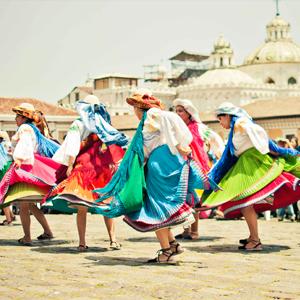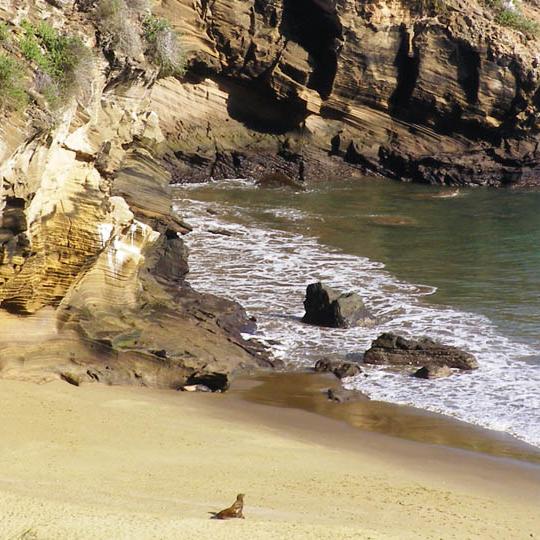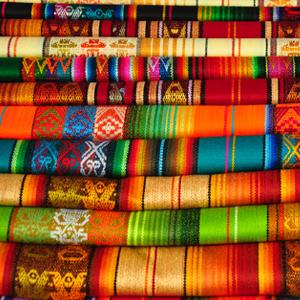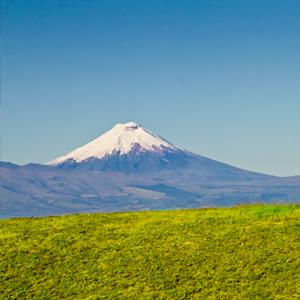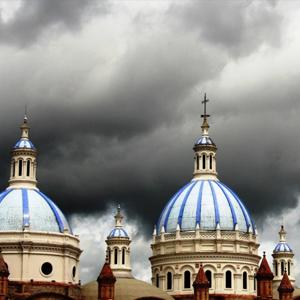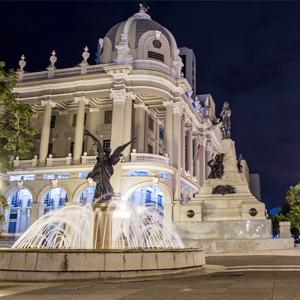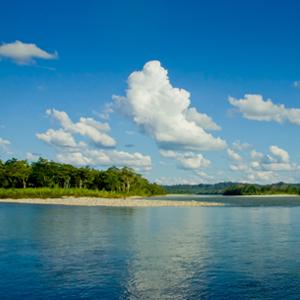Highlights of Ecuador

Quito
Quito is without doubt amongst South America's most beautiful capital cities. Located high up in the Ecuadorian Andes at 2,850 metres (9,350 ft), it comes as no surprise that it has been named a UNESCO World Heritage Site. Its extraordinary colonial centre built on the ruins of a once thriving Incan city boasts 87 churches including the breathtaking La Compañia which is adorned with seven tonnes of gold and frescoes that have led to its nickname of Quito's Sistine Chapel. A host of other impressive buildings make this South America's largest colonial city centre. Not only does the city hold immense architectural beauty brought to life by the surrounding Andean peaks, but its proximity to the equator, only 22 kilometres (16 miles) away from the city centre, lends the destination a noteworthy geographic facet.
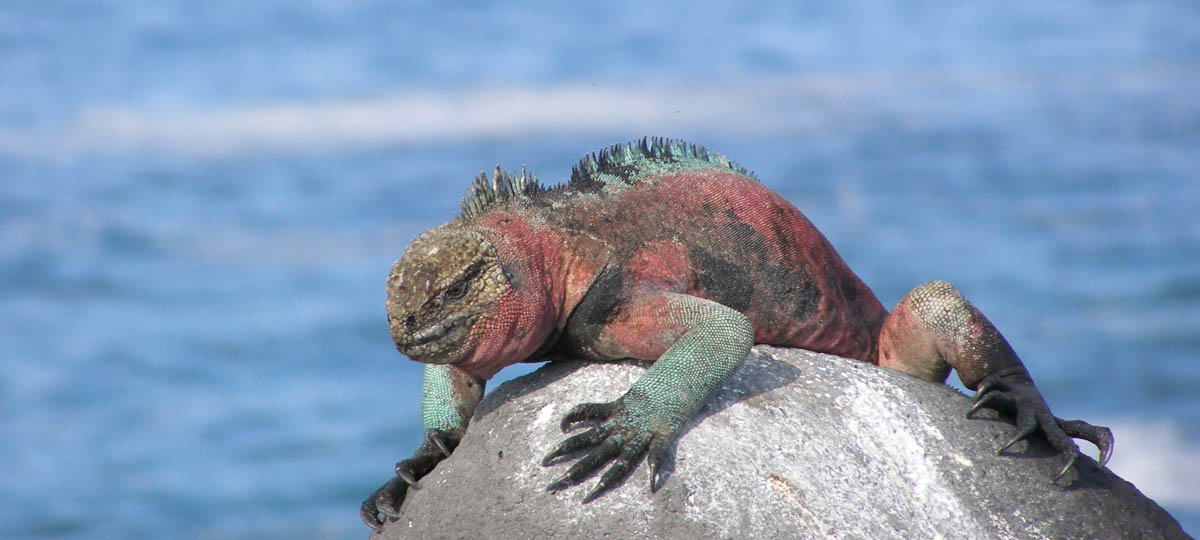
The Galapagos Islands
This world famous archipelago –consisting of 13 main islands, six smaller islands, and 107 rocks and islets –is a must for anyone travelling to Ecuador. The islands became famous following Charles Darwin's visit in 1835 when he spent five weeks studying the wildlife in the area and before reaching his ground-breaking conclusions in his book The Origin of Species where he laid out the theory of evolution. Not only does the wildlife astonish, but much of it is unique to the islands which boast an impressive number of endemic species found only in the Galapagos Islands, and in many cases only on one island. These include the world's northernmost penguin, land and marine iguanas as well as the enormous Galapagos tortoise. Be it swimming eye to eye with sea turtles or watching the mating dance of the blue-footed boobies from just a few feet away, nowhere else in the world will provide such an intimate experience with the natural world. The islands are best uncovered by expeditionary cruise allowing for the exploration of various islands on foot and in the water during a four to seven day trip, whilst also taking time to enjoy the equatorial climate or strolling along the fantastic beaches throughout the archipelago.
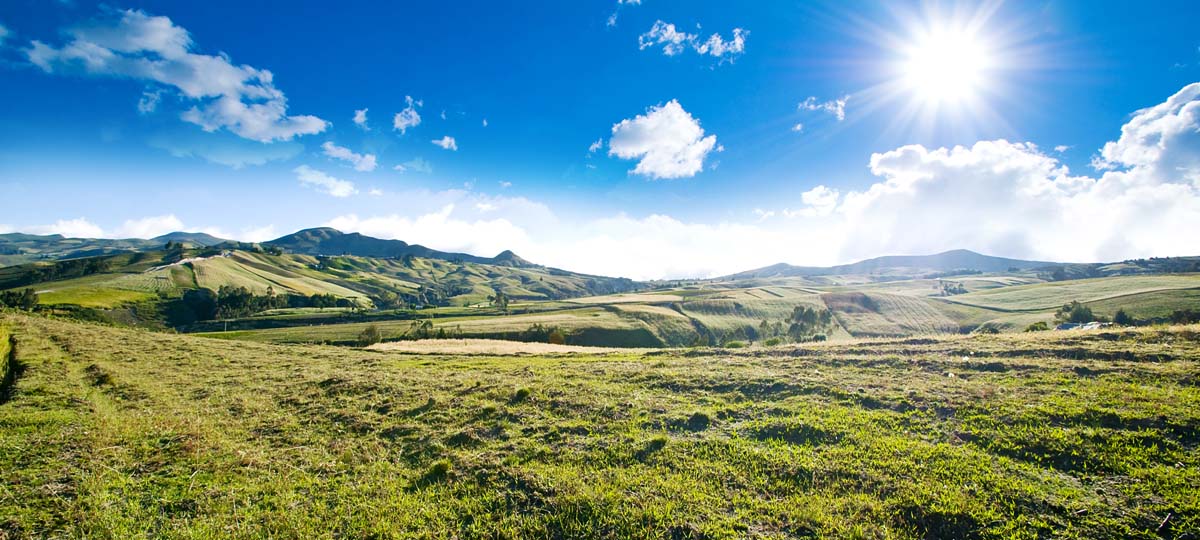
Otavalo
The world-famous Otavalo market provides captivating insights into the lives and culture of the indigenous inhabitants of Ecuador's Northern Andes. Two hours north of Quito, Otavalo is the oldest and largest handicrafts market in all of South America and has been exporting textiles worldwide since the 16th Century. Explore the tantalizing produce market and seek out some of the locally produced handicrafts and fabrics that make the dress of the Andean people so colourful. Nearby settlements such as Ibarra and Cotacachi - famous for the quality of its leather goods - make for an interesting pause on the way into the patchwork of fields and Andean hamlets beyond. Once out in the countryside, the sublime landscape of Andean peaks, lakes, and valleys comes alive and is perfectly complimented by a stay at one of the many historic haciendas nearby.
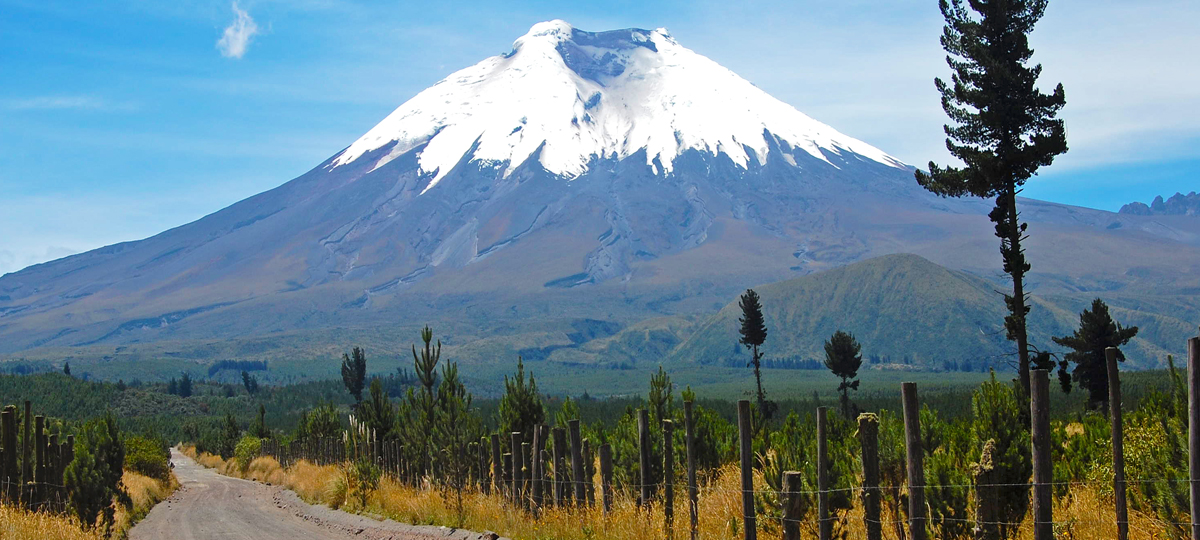
The Avenue of the Volcanoes
"The Avenue of the Volcanoes", a term first coined by the Prussian scientist Alexander Von Humboldt, runs south from Quito, passing through the rugged volcanic landscape of the Central Andes. Overland travel through this region takes the traveller beneath the perfectly conical snow-capped peak of Volcán Cotopaxi before passing the imposing Chimborazo volcano on the way to the southern Ecuadorian city of Cuenca. The important Incan ruins of Ingapirca are also well worth a visit, displaying typically fine Incan architecture and offering spectacular views over the surrounding Andean panorama. A trip through this region wouldn't be complete without a stay at one of fine haciendas dotting the country side. Some date to as far back as the 15th Century, and there's nothing like an evening within their thick adobe walls curled up next to a roaring fire as the Andes fade into darkness outside.

Cuenca
Ecuador's third city and one of the country's four UNESCO World Heritage Sites, Cuenca remains a hidden treasure for the curious traveller. Described as Ecuador's most beautiful city by many who pass through, it is easy to see why with its quaint cobbled streets and wrought iron balconies. A fantastic city to discover on foot, the easily navigable centre boasts a stunning blue-domed cathedral with capacity for 9,000 people, a flower market where Ecuador's famous roses can be found in abundance, and a number of excellent museums highlighting the strong cultural and artistic aspects of this part of Ecuador. In addition, Cuenca is where the best Panama hats can be found. This famous accessory was misleadingly named due to the fact that their shipping crates were stamped with the word Panama as they transited the Panama Canal on their way from Ecuador to the United States and Europe. These fine hats are still made in Ecuador today, and there are perhaps no finer examples to be found in the world than those made in Cuenca.
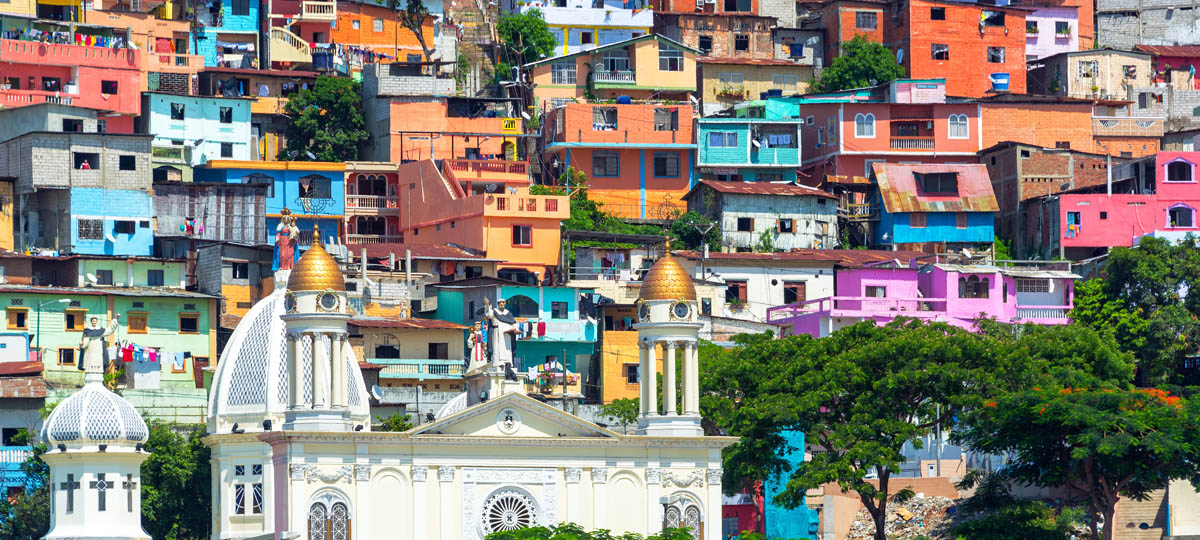
Guayaquil
Guayaquil, the country's second largest city, is situated on the banks of the Guayas River with excellent access to the Galapagos Islands and a host of attractions within the city itself. No visit to Guayaquil would be complete without a stroll along the famous Malecón 2000, a collection of shops, parks, and walkways spanning 2.5 kilometres along the banks of the river. Heading south from the Malecón brings the visitor into the historic hillside Las Peñas district, the only remaining neighbourhood to have survived the catastrophic fires of the early 20th century. A stroll along its cobbled streets reveals colonial architecture, flowering balconies, colourful art galleries, and glimpses of the city's waterfront. Another stop not to be missed in Guayaquil is a visit to the Parque Seminario, where dozens of land iguanas relax in the gardens in front of a beautiful church.
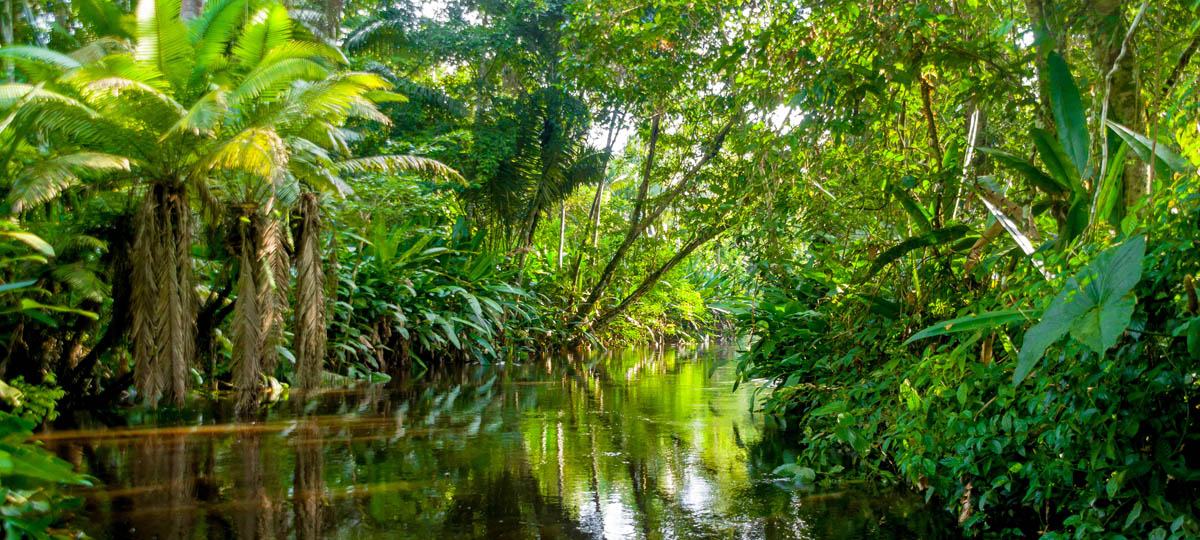
The Amazon
The Ecuadorian Amazon is one of the world's true biodiversity hotspots, supporting 50% of the country's mammals and a staggering 5% of the world's plant and bird species. Largely untouched in colonial times and remaining to this day a true wilderness, the Ecuadorian jungle is easily accessible from Quito with a short 35 minute flight to the jungle town of Coca before an onward journey by river to one of the jungle lodges. For those looking for a more remote setting, a visit to the southern Ecuadorian jungle accessible only by light aircraft is sure to provide a unique experience. Lucky visitors to these regions will have the chance to see the spectacled bear, two species of fresh water dolphins, as well as howler monkeys, a plethora of bird life, and of course the mighty jaguar. Additionally, the Ecuadorian rainforest is a culturally fascinating destination with many indigenous tribes including the Shuar, Cofani, Huarani, and Secoya all found here.



